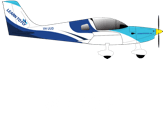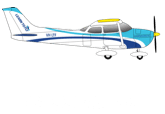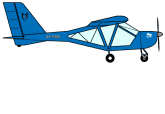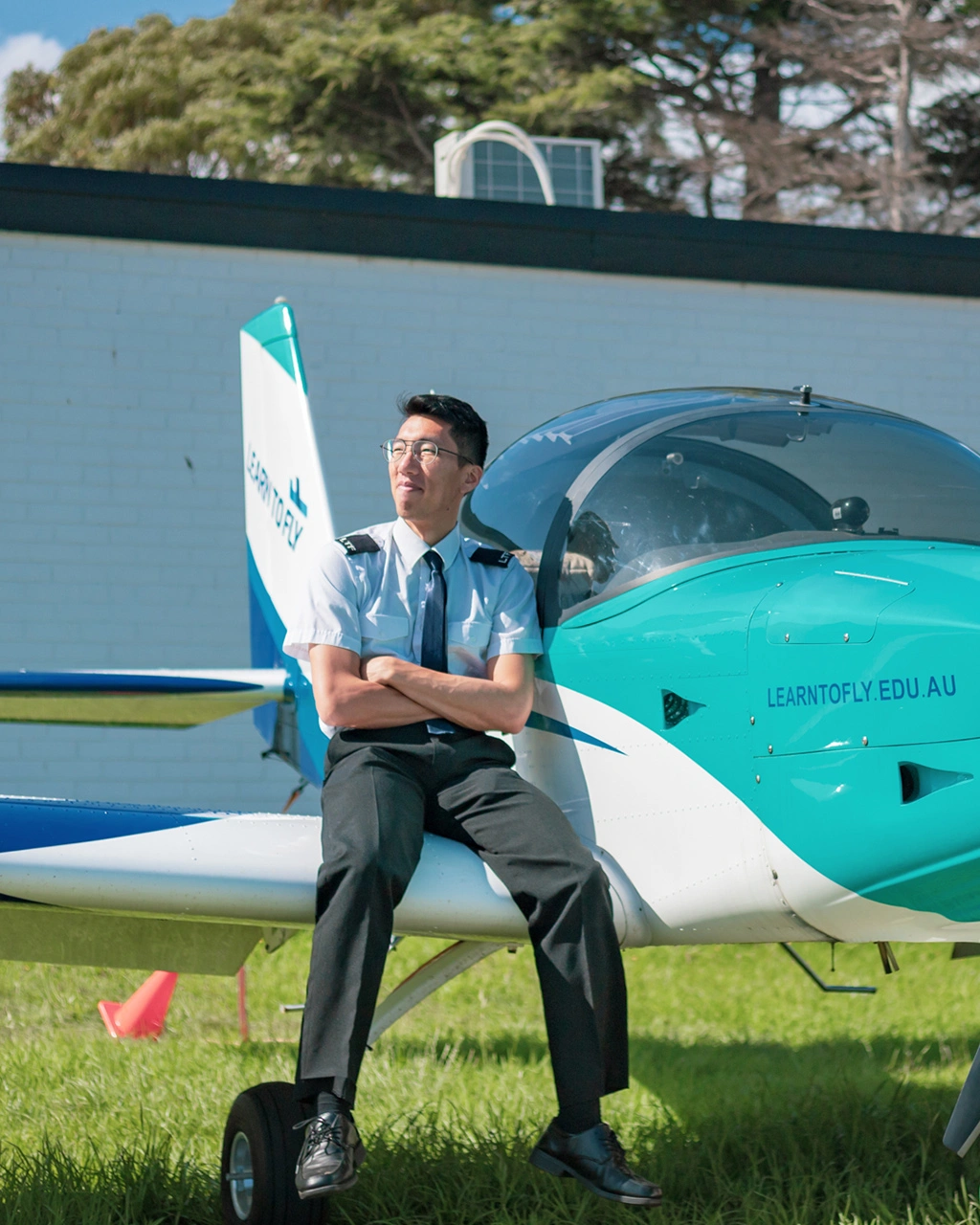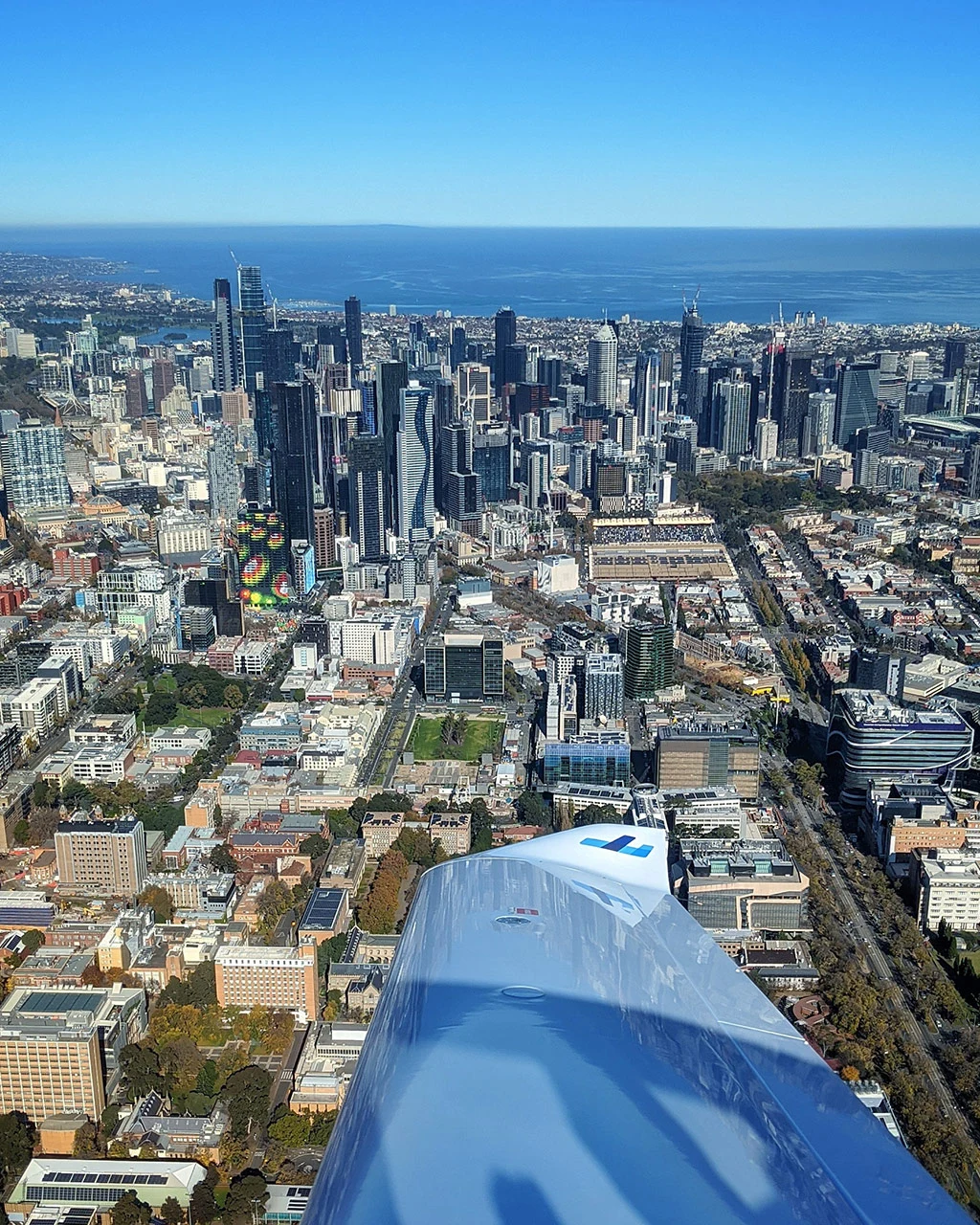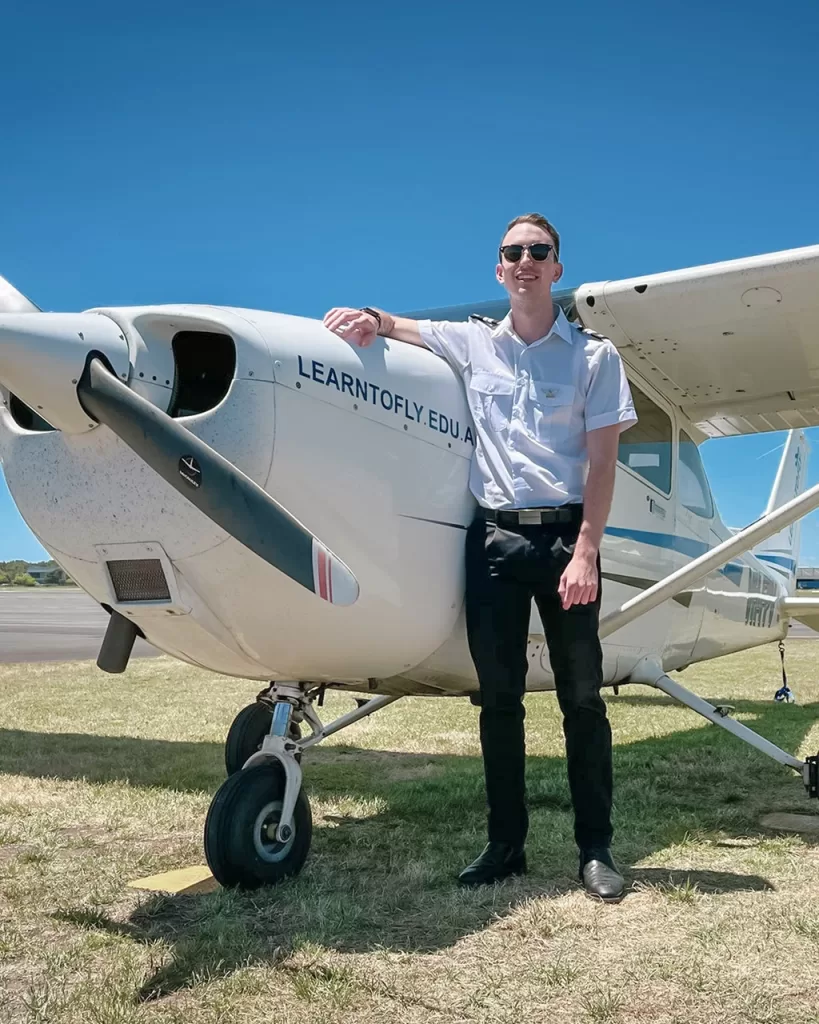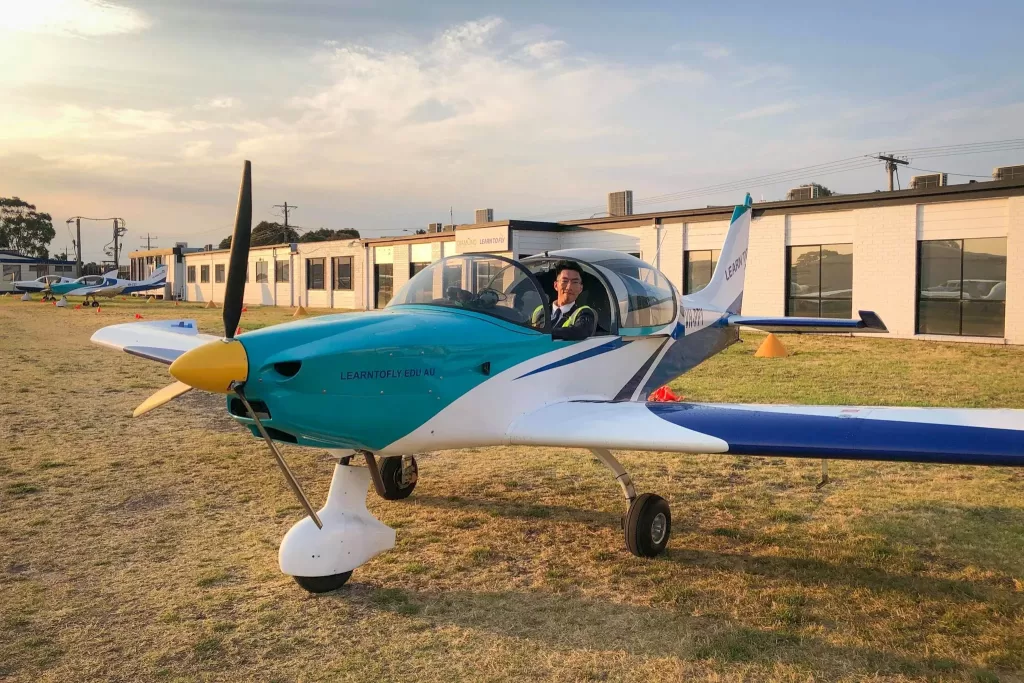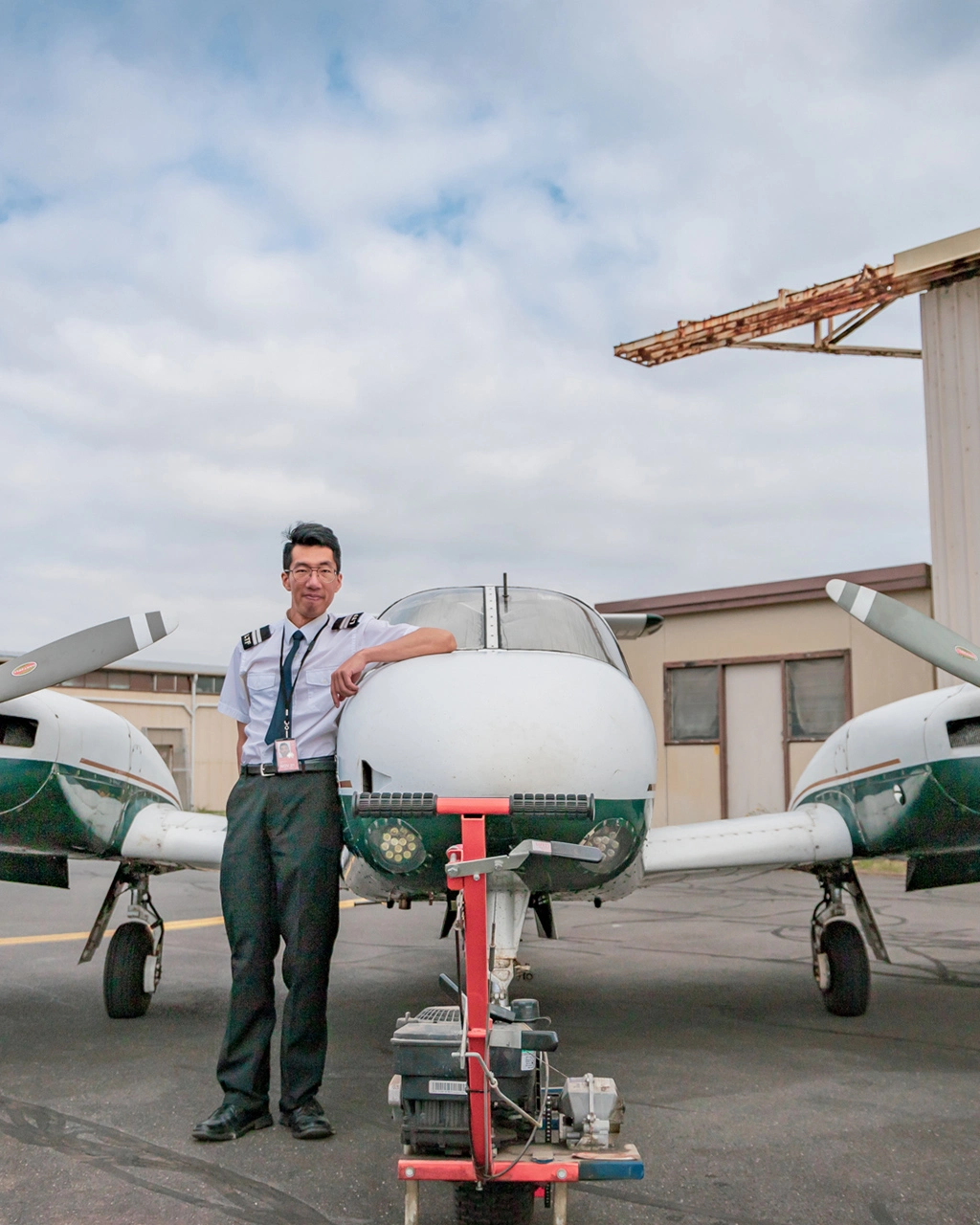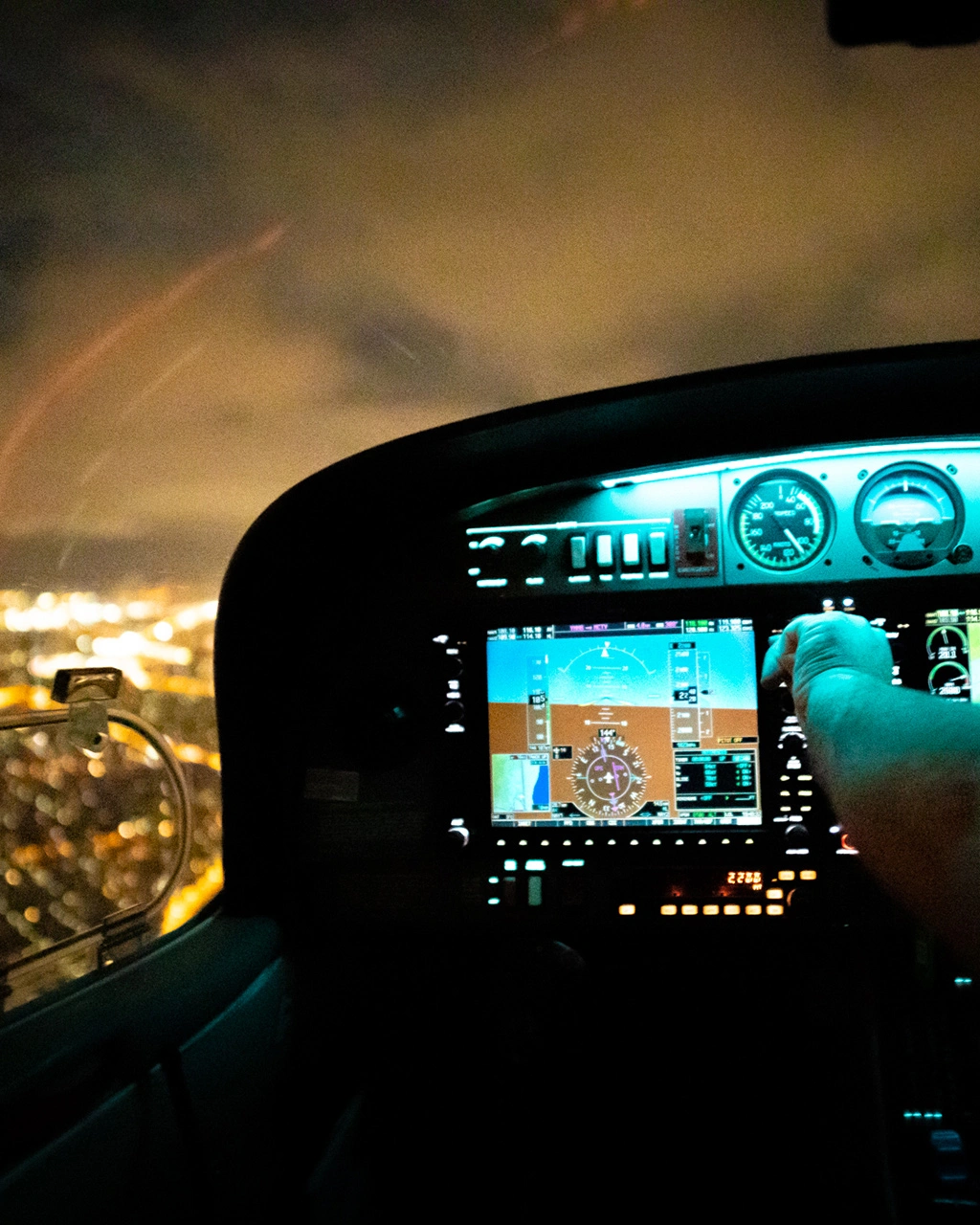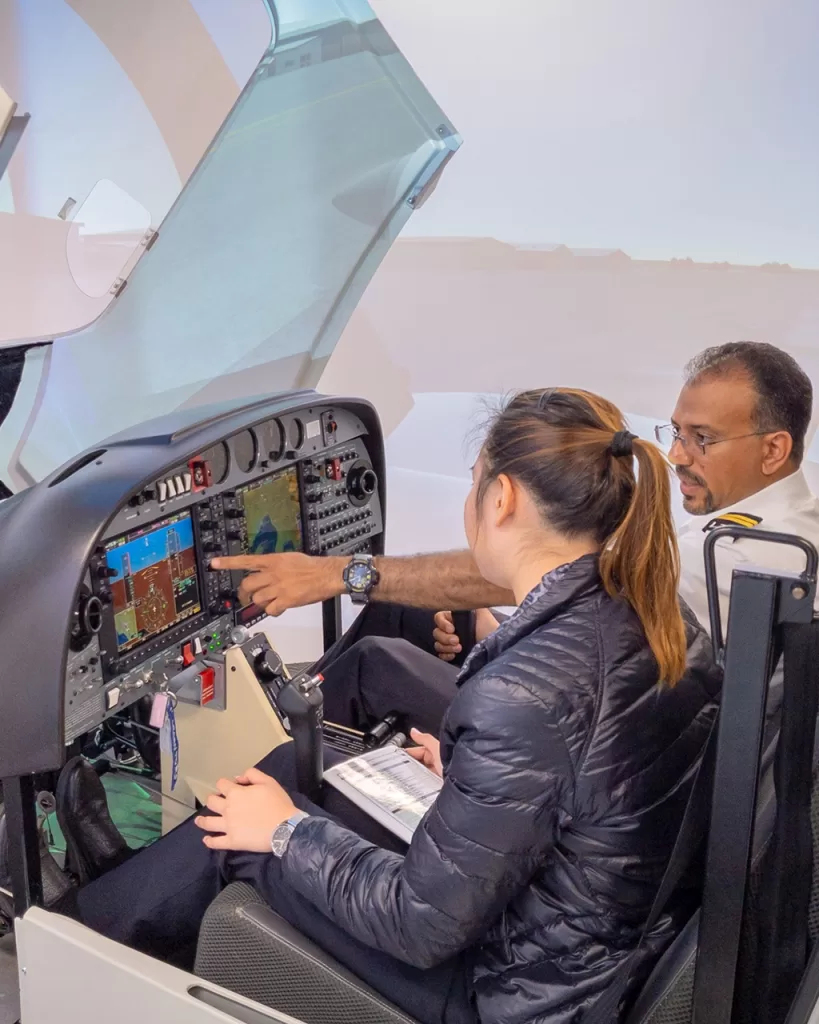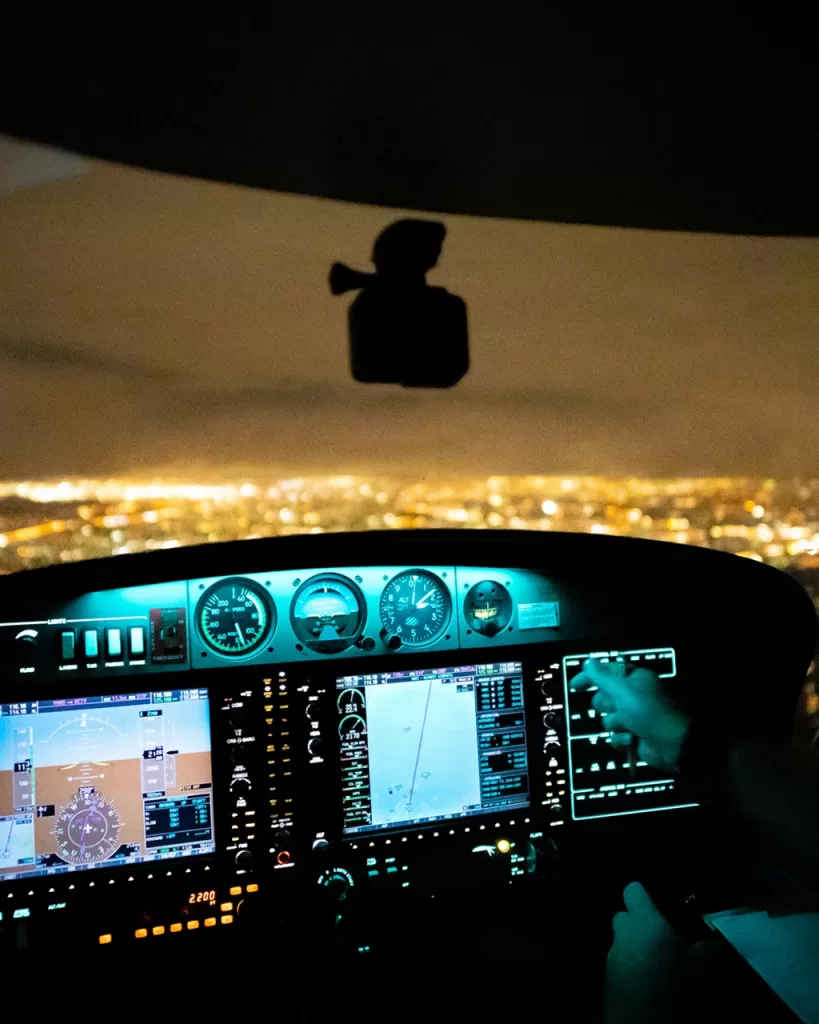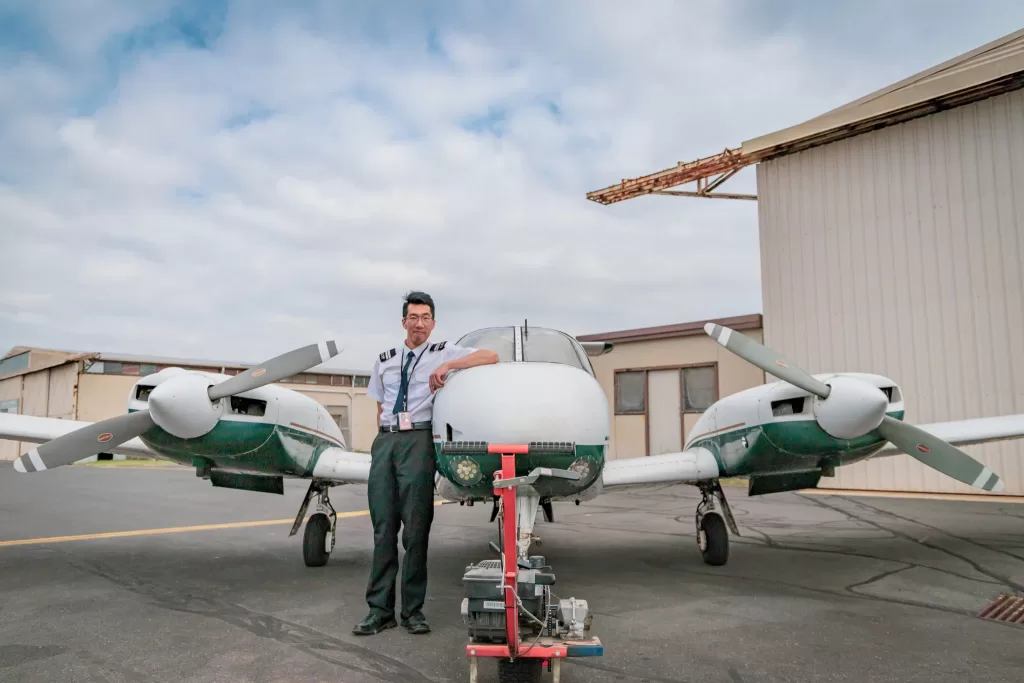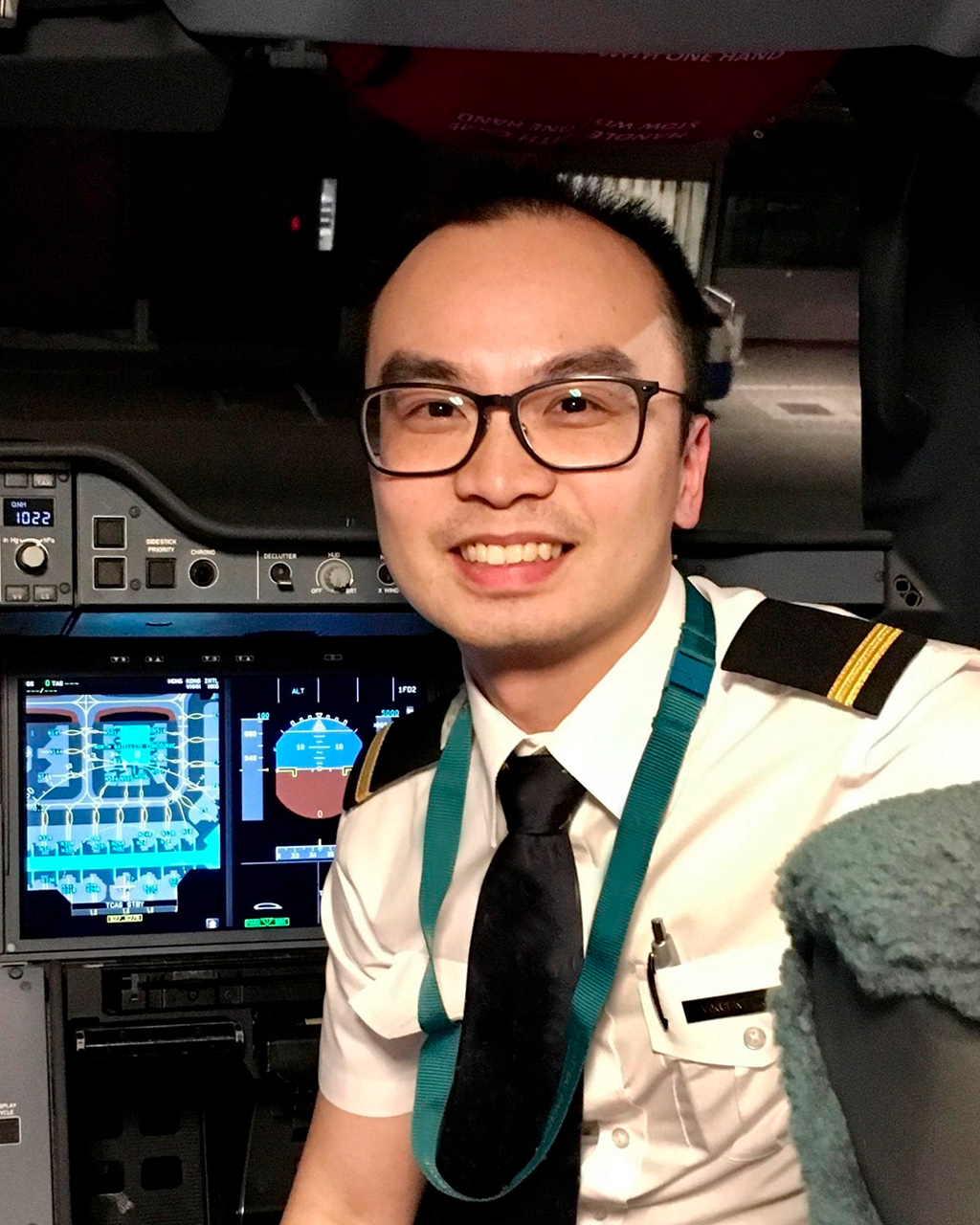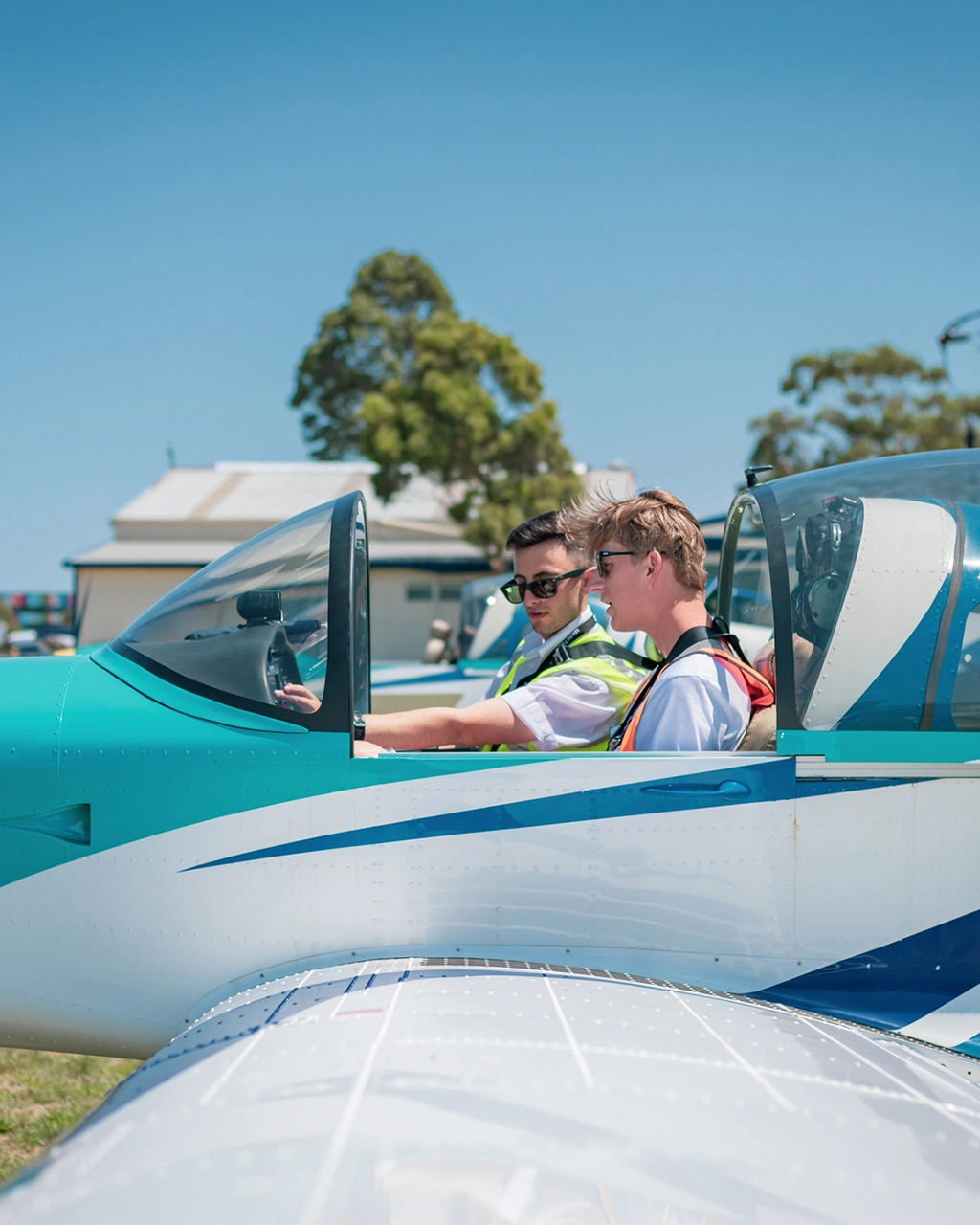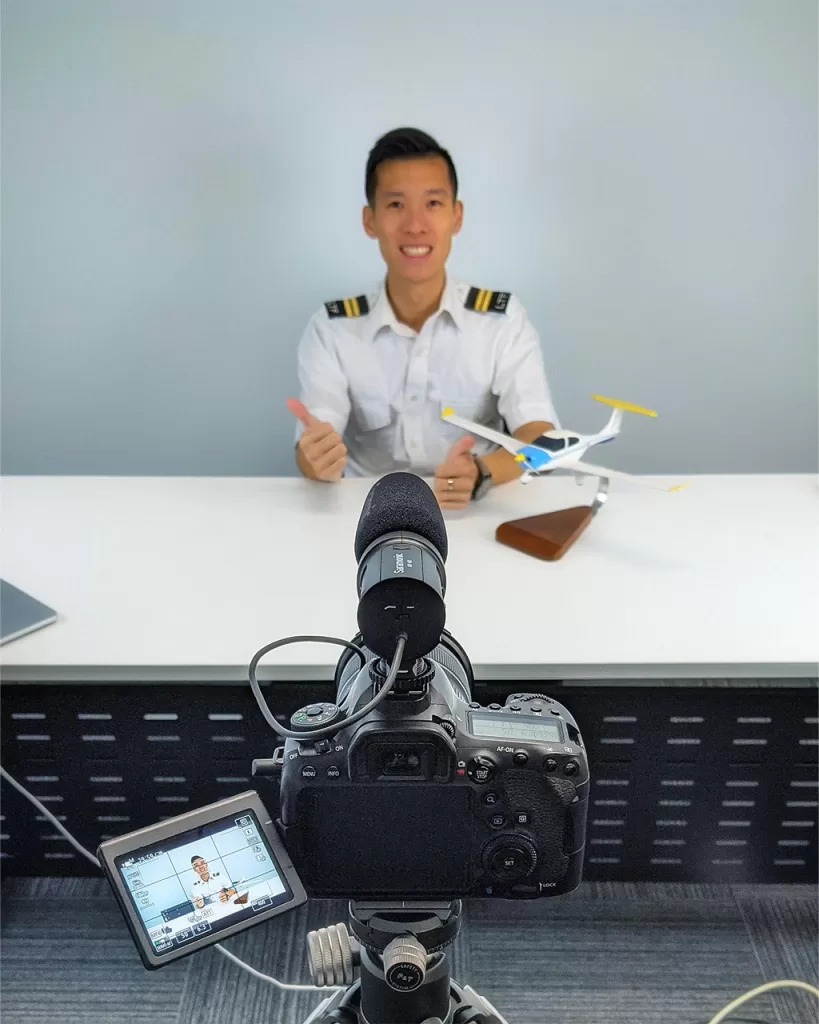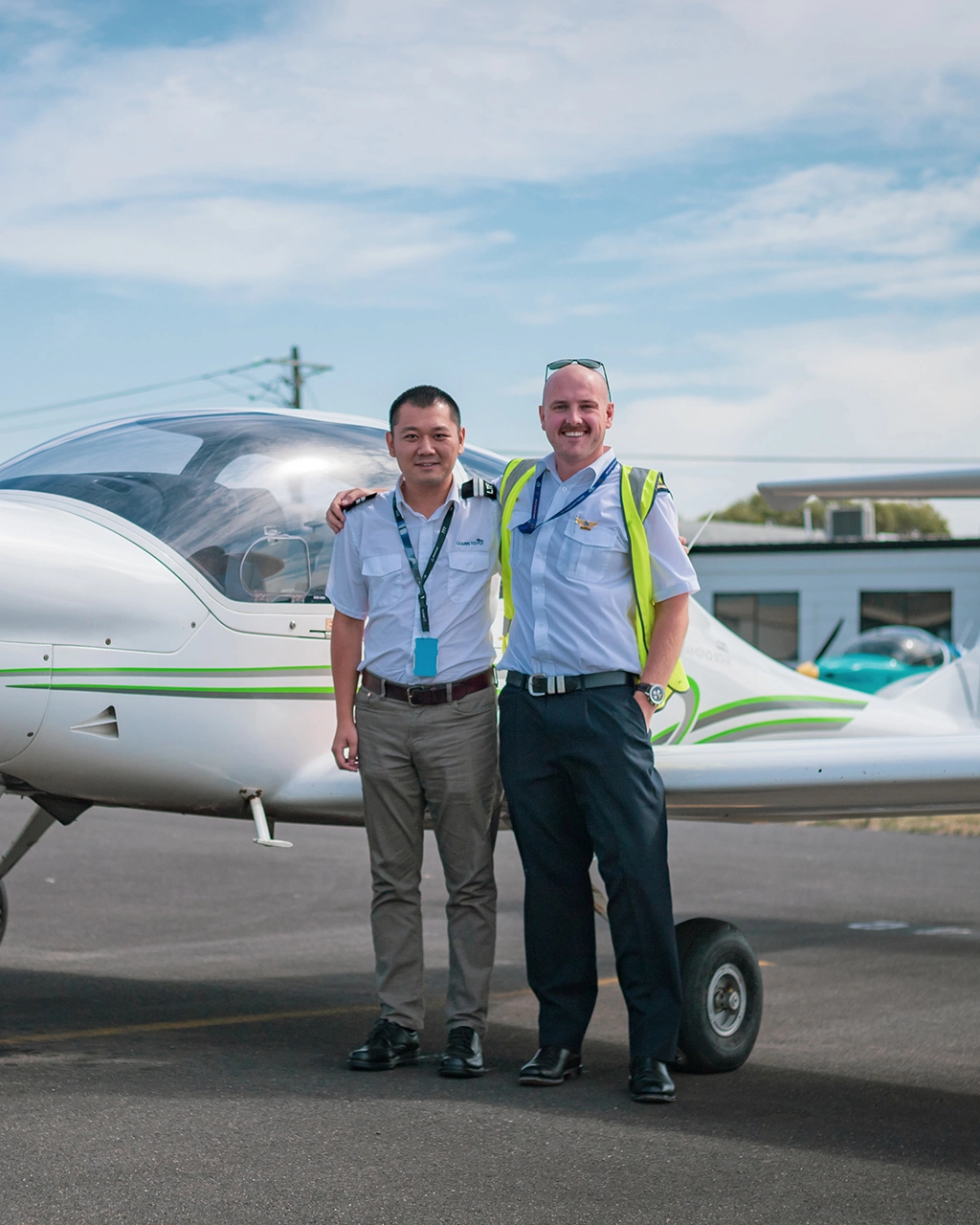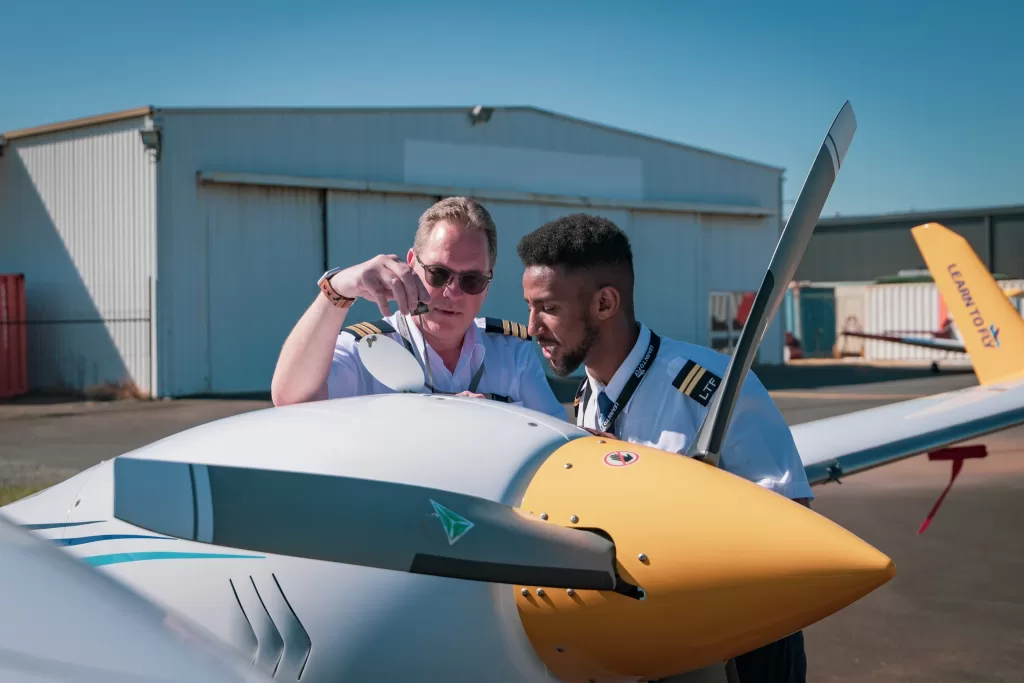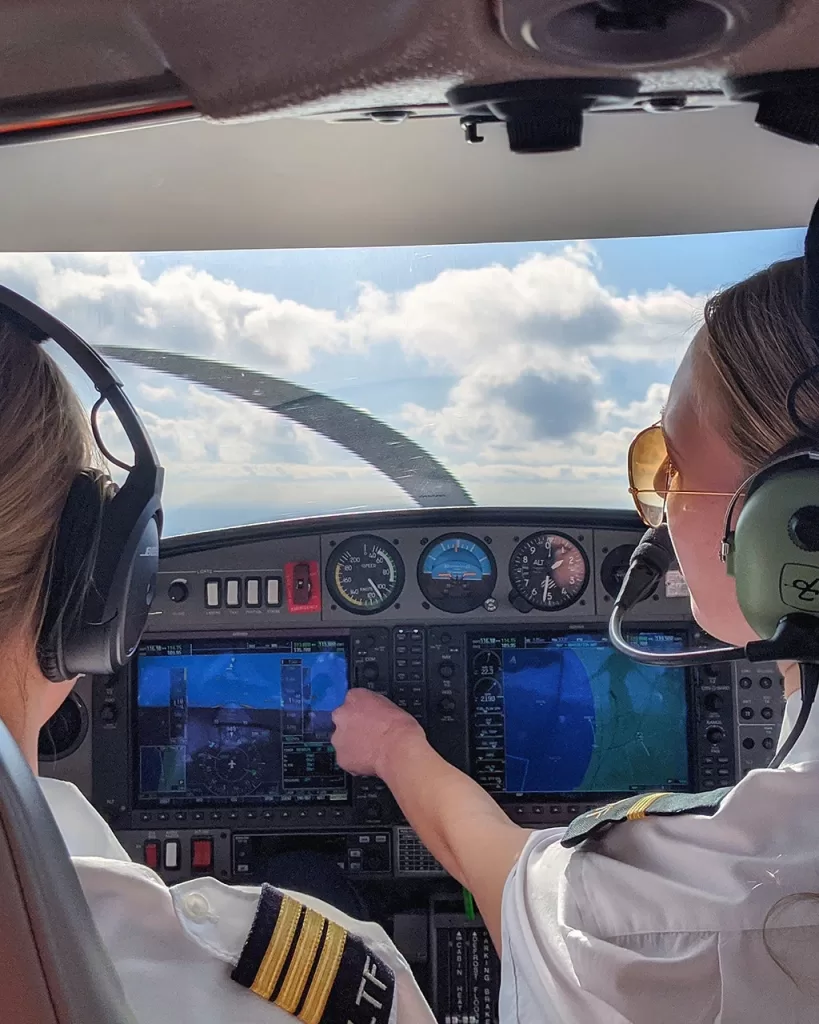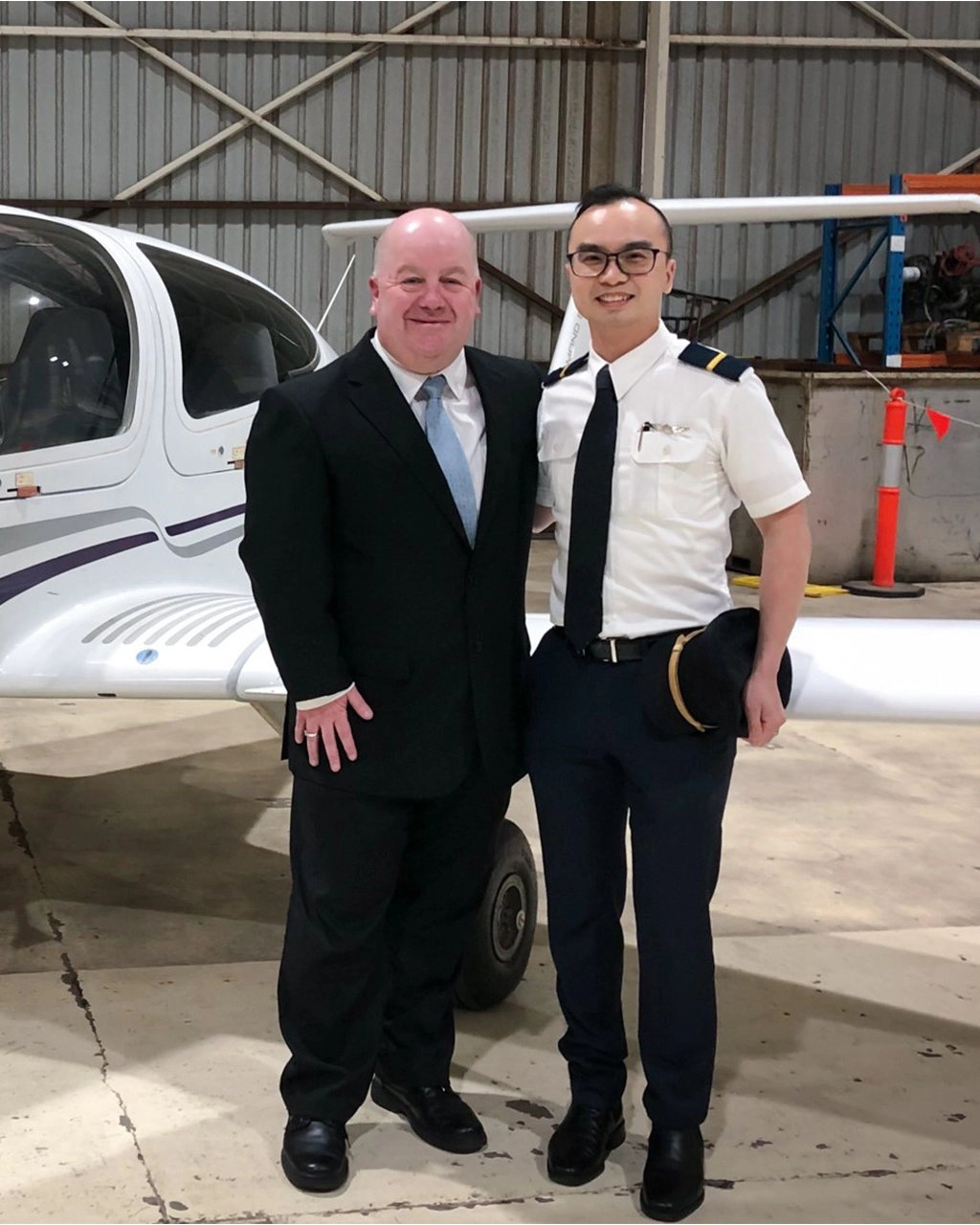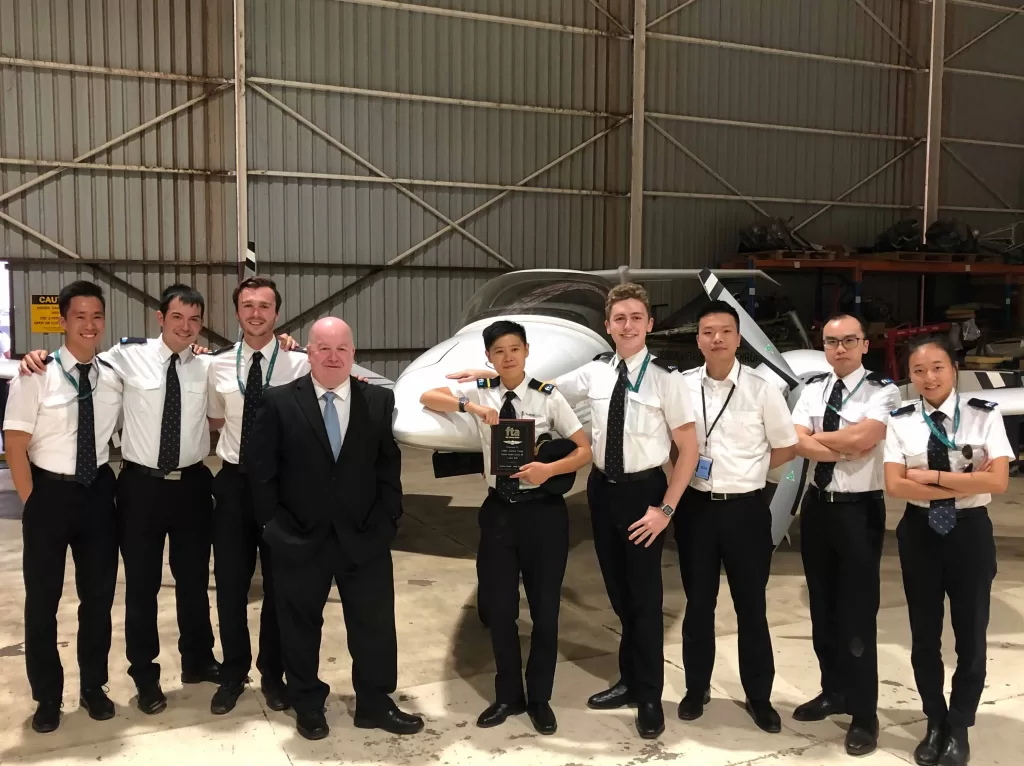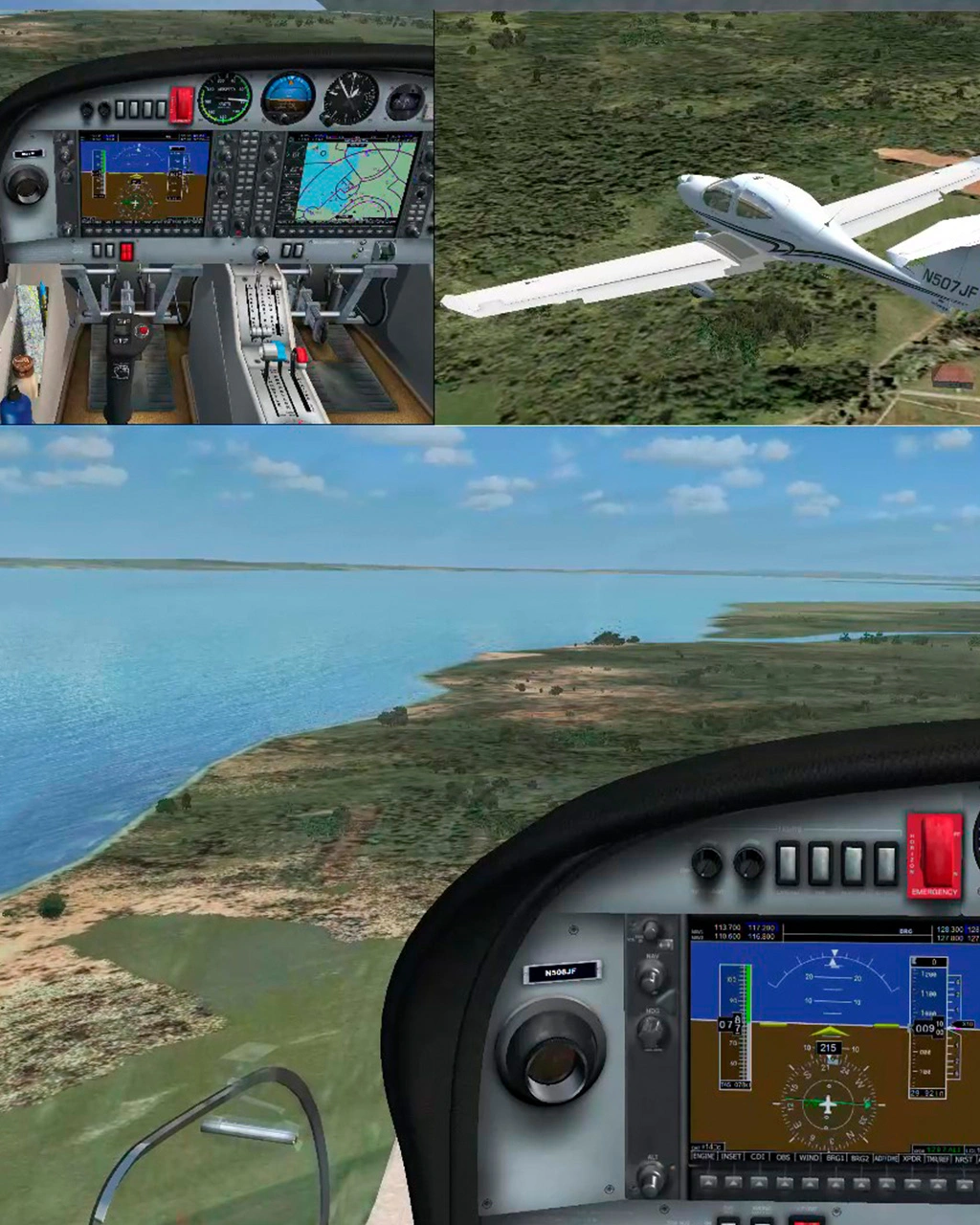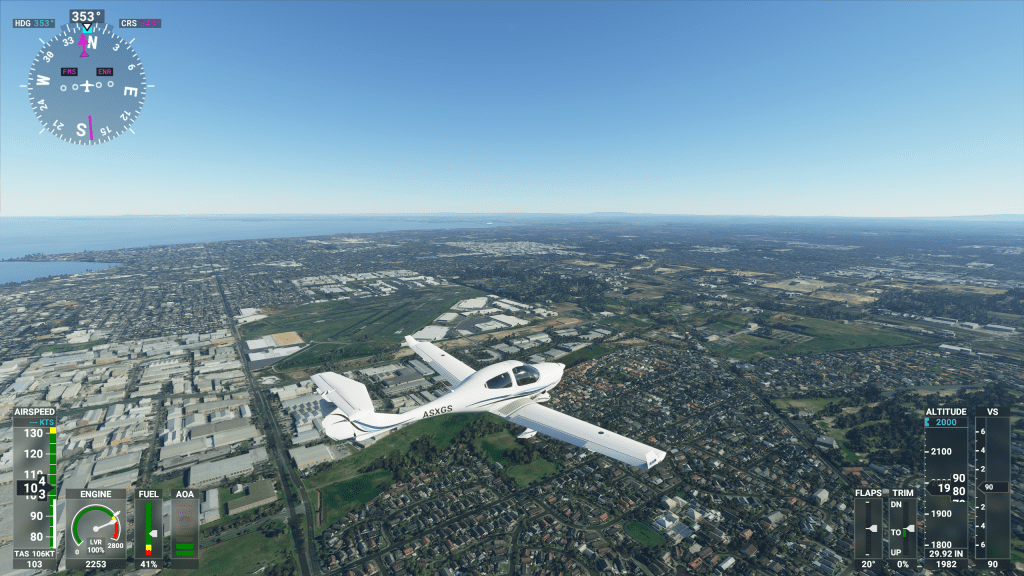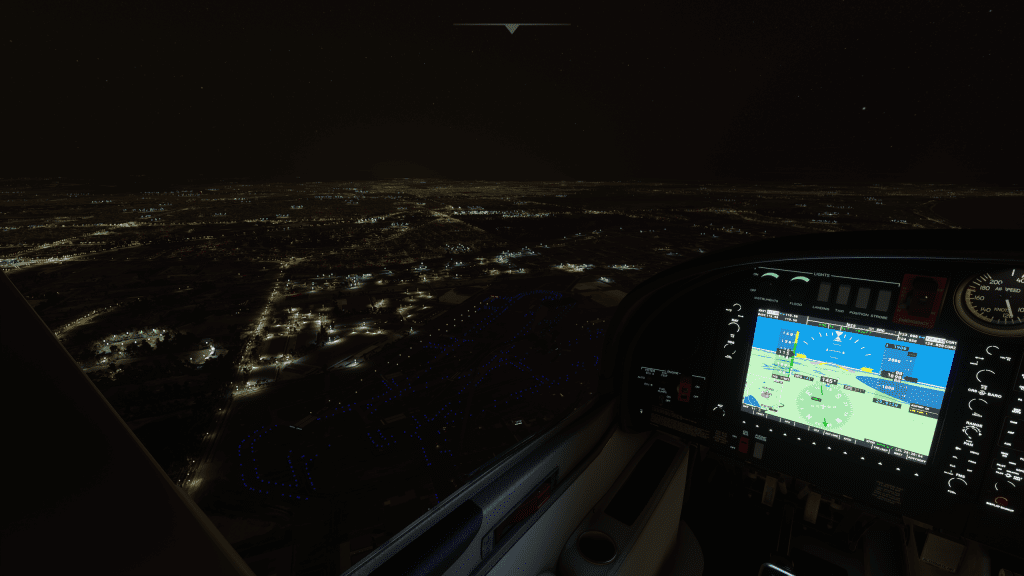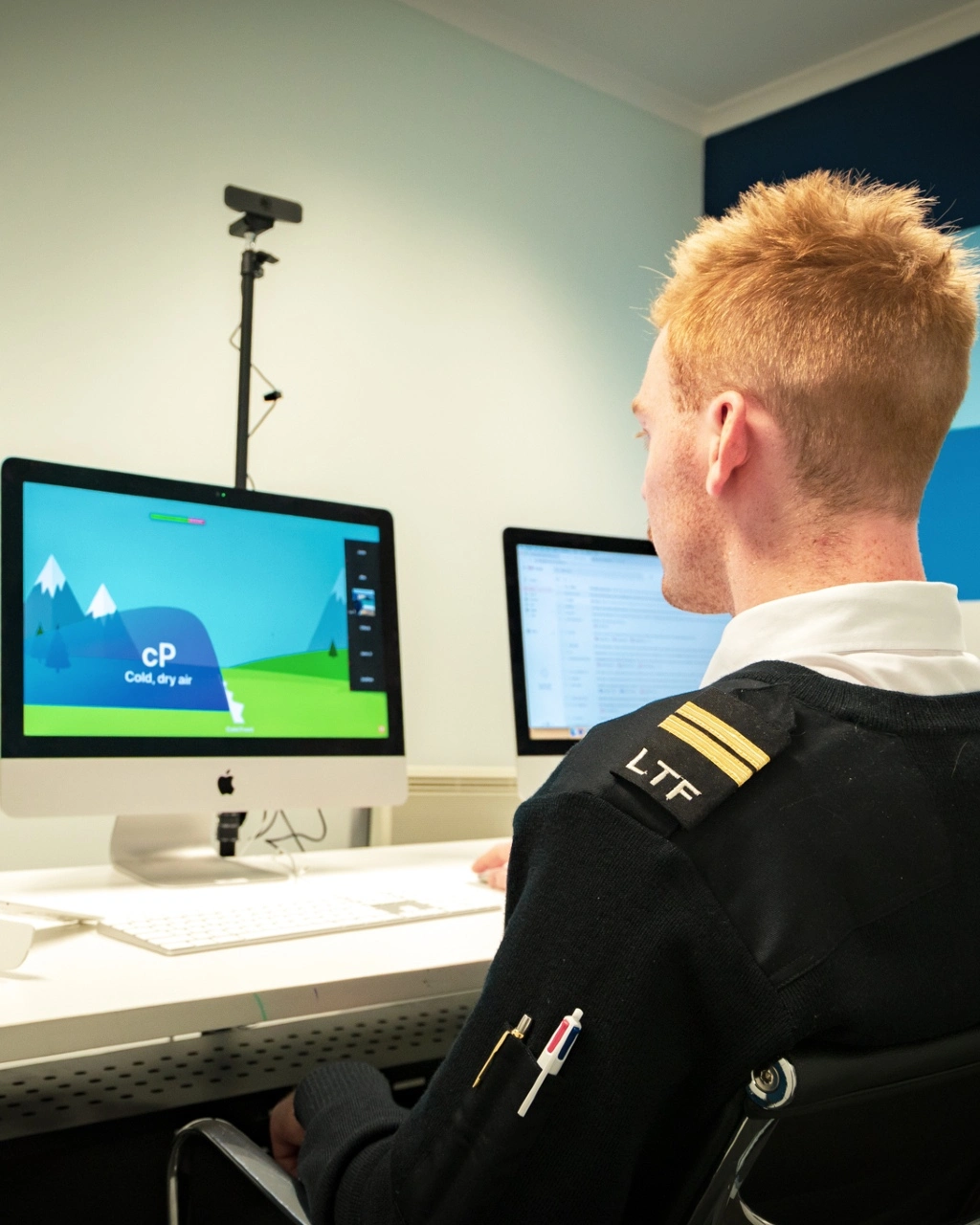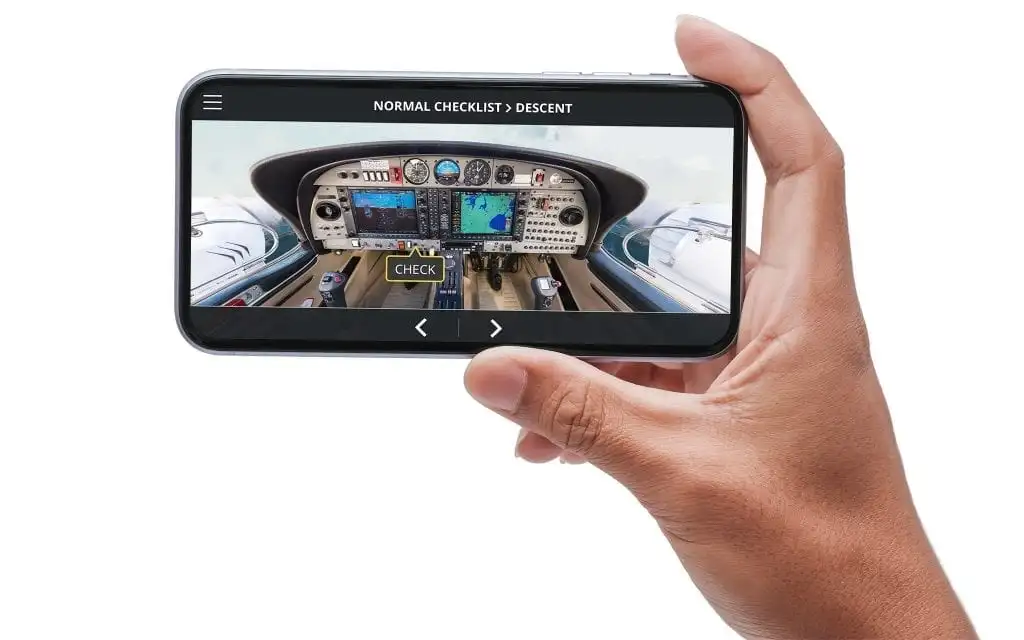Student Pilot Mickey Wu travelled from Taiwan to Melbourne to learn how to fly. He returned home to Taipei having completed a CPL, MECIR, Multi-Engine Class Rating, and 5 ATPL exams. In his third journal instalment, Mickey talks about finding the right attitude for straight and level flying, and teaching his mum how to fly using a simulator!
Challenge Accepted
Written on January 15th, 2021
Let’s bring the storyline back to the current day. Well, current at the time of writing. January 2021 in Taipei, Taiwan.
I bought a used set of Logitech controls and Microsoft Flight Simulator 2020. I wanted to stay sharp. The practice was alright, but without expecting to do so, I actually ended up teaching my Mum how to fly. I found that teaching someone how to fly is not an easy task. The reaction of the aircraft after each input has become second nature to me, but it’s not like that for those who are just starting to learn.
Me: “Mum, this is not straight and level flying. Are you going up or down?”
Mum: “……down.”
Me: “Good. So do you push the control or do you pull to fix it?”
Mum: “……push.”
Me: “Okay, let’s see what will happen.”
Mum (five seconds later): “Hey Mickey, the houses are getting bigger and bigger really quick!!!”
Me: “Tell me about it.”
Warning on the screen two seconds later: “You just damaged your landing gear.”
Just the landing gear?! Wow, that is forgiving!
My instructor once said that sometimes you have to let go and let the learner see the consequence of his or her action or inaction. Obviously, they didn’t let me learn this in a real aircraft, and so my landing gear (and the houses) were safe!
But it’s interesting to see that the way my Mum and I learn things is so similar. Like mother like son. But I have faith in her. My goal is to take her to her first solo on Microsoft Flight Simulator 2020. I give it two months. Challenge accepted!
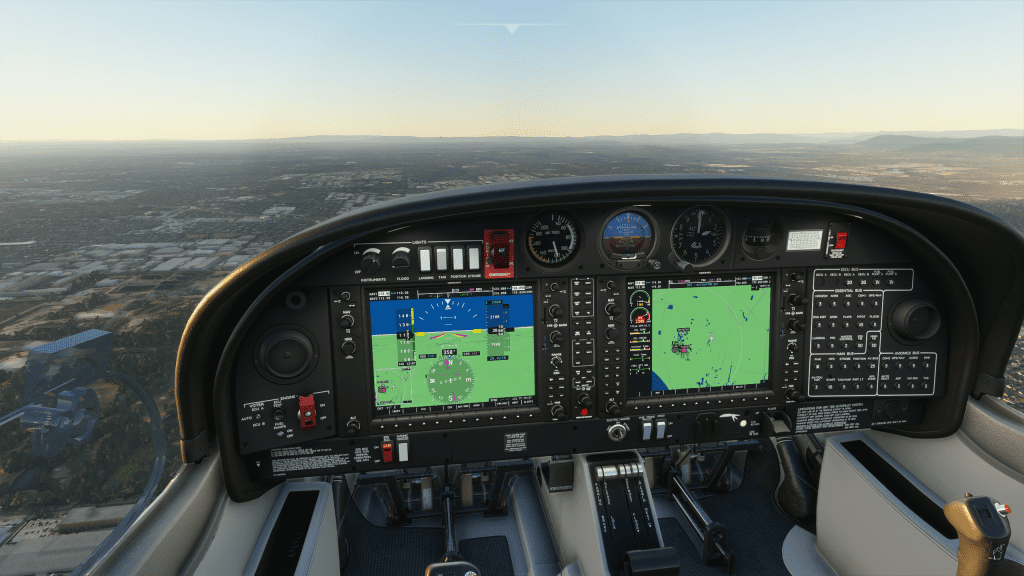
The Right Attitude
Written on January 17th, 2021
The “attitude” of an aircraft is an abstract idea to me. It can look like it is straightforward on the aircraft’s artificial horizon, but in terms of the real visible horizon, it’s quite intangible. But it’s obviously very important when learning how to fly, especially for straight and level flying.
LTF Instructor Shannon taught me to judge the attitude with the position of the visible horizon in relation to the dashboard. For instance, on a cruise climb in a Sling 2 we position the horizon on the dashboard. To climb at Vy (the abbreviation for the best rate of climb), the horizon goes through the top of the PFD (Primary Flight Display). And to climb at Vx (the abbreviation for the best angle of climb), the horizon cuts through the middle of the PFD.
It may sound weird, but it works quite well. And for straight and level flying, we put four fingers on the dashboard and the visible horizon stays at the top finger. For a cruise descend, we put five fingers instead. Last but not least, for an approach, we use a “half-land-half-sky” attitude. Of course, we have to adjust the power setting accordingly.
It’s hard to judge the attitude at the beginning when you’re learning how to fly, for straight and level flying and for climbing and ascending. I even had doubts about the whole idea, considering that my visual perspective is different from that of Shannon’s. In addition to that, my four-finger attitude is not the same as that of LTF Instructor Alexey (Alexey is very tall and has huge hands).
But the key is to have a mental snapshot when your instructor says, “OK, this is the straight and level flying attitude.” Memorise what this attitude looks like from your perspective, and set it that way next time you need it. Trust me. It works!
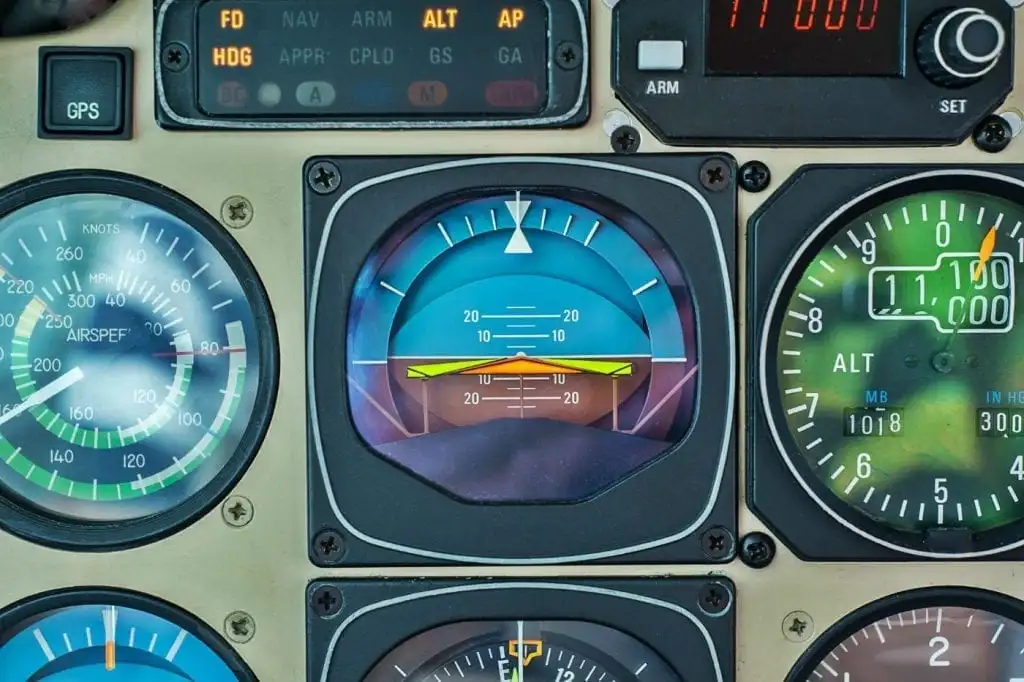
We would like to thank Mickey for contributing these journals on learning how to fly in Melbourne. Stay tuned for the next journal entry!
If you are interested in finding out more about our flight training courses and online learning options, email [email protected] or visit https://drift.me/learntofly/meeting to book a meeting and school tour.


